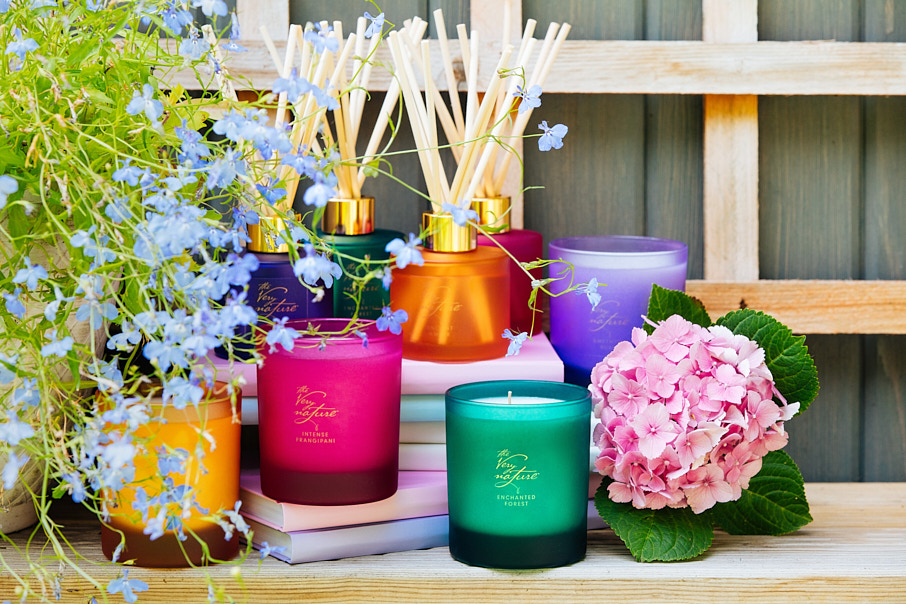“Jon Bradley Photography have provided The Very Nature with pack photography and lifestyle photography. They were competitive, efficient, flexible and a pleasure to work with. The wonderful results speak for themselves on our website and other marketing materials.”
Lucy Hamlin, NPD Manager, SAS & Co
If you have a product to sell you need great photography. Product photography is vital when you’re trying to persuade people to buy your products.
Poor quality image = Poor quality product
Research has even suggested that product photography is more important than price, reviews, or product description. Why? Because people remember 80% of what they see and just 20% of what they read. A clean, clear, professional shot will hook people in. It’ll hold their interest long enough for them to hang around to find out more. A poor quality image makes people think ‘poor quality product’ and they’re gone in a click.
So if you have products to sell and you’re not using great quality images the chances are you’re losing out on sales.
Bottom line, the better your products look, the more products you’ll sell.
Check out our 7 top tips of things to consider when creating your professional product photography.
1. Create a shot list
How many products do you want to photograph and how many images of the same product do you want to showcase? You want potential customers to get a really good look at your product so consider taking shots from lots of different angles. Include close-ups and detail shots as well as wider angled shots. Remember to include a group shot if you feel that you want to create ‘a collection’. The group shot is the shot many people forget when putting their list together but it’s a good hero shot and great for banner ads on social media. A strong shot list will also keep you on track during the shoot and you’re less likely to miss anything out. It’ll help you work more efficiently.
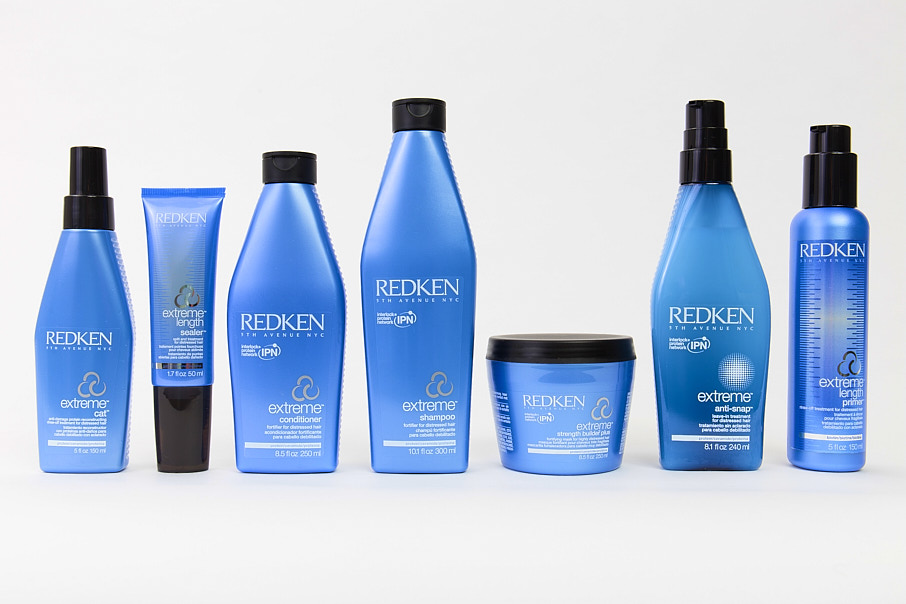
2. Show all colourways and styles
If your product comes in different colourways and styles you need to show these. Since customers can’t see or touch your products, your photos need to illustrate their quality, style and colours.
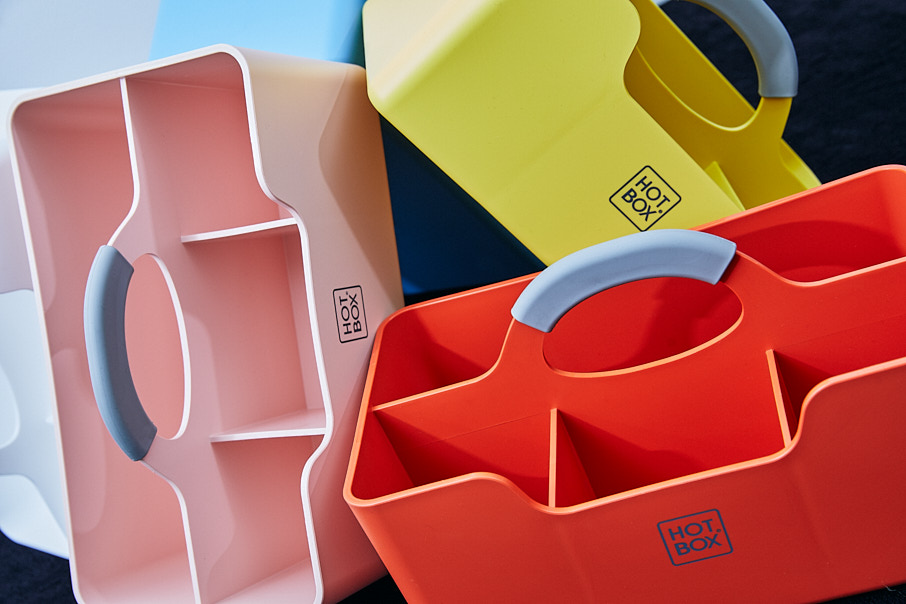
3. Make your products look the best they possibly can
Obviously you want your products to look good but we’re getting down to the nitty-gritty here! Make sure the lighting is spot on. Dark shadows look terrible. Some products need to be shot in a clean, clear way. No props, no accessories, just the product and it’s theses shots that require spot-on lighting. In fact, it’s these simple shots that are often the most tricky to photograph if you don’t know what you’re doing.
Good framing is important too and if you have a range you may consider framing each product in the same way to maintain consistency.
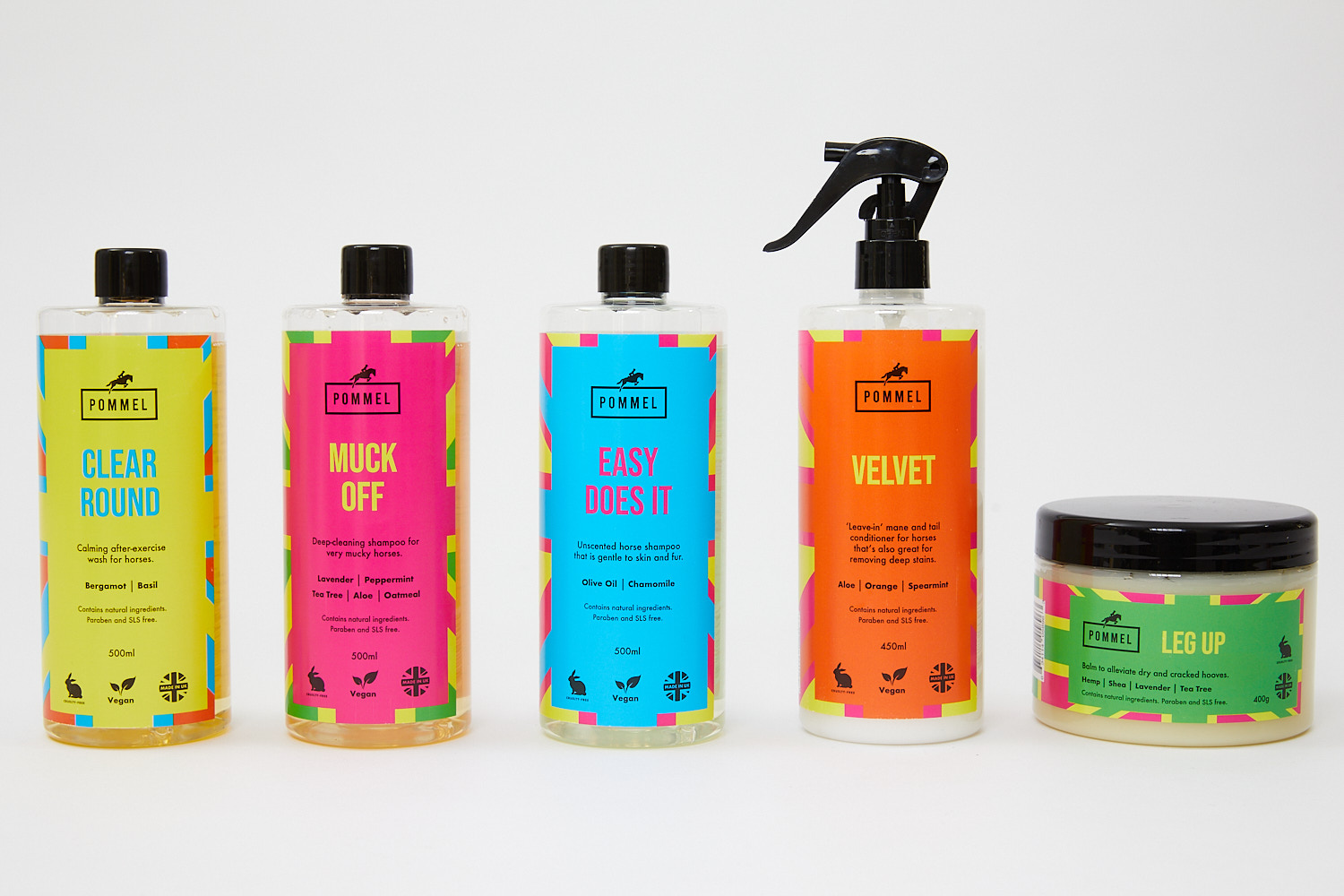
4. Think about size and scale
When it comes to including props, many people do this to show the size and scale of their products. It could just be including a set of keys, lipstick or the product in use to show the size.
If you do want to add in props, put some thought into what needs to go into the shoot. Make sure the props complement your products without taking over. You want your product to be the hero so be careful to not over accessorise.
Or it might even be showing your products in use. This is a great way to introduce a lifestyle element to your product photography.
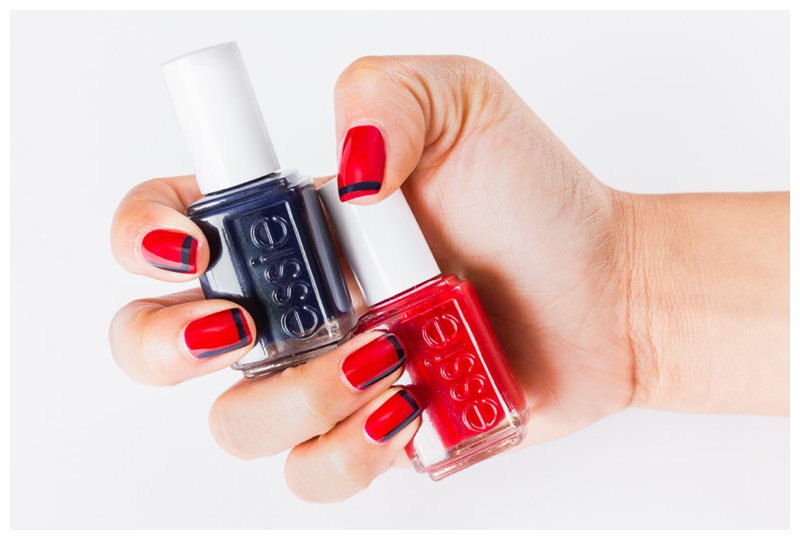
5. File size
This is so important. You may think that people will only look at your website on their smartphone so the quality of the image doesn’t need to be that good. Well, what if they view it on a large monitor? The image is sure to be blurred and low quality. Even if you do use a professional photographer, check what file size you need. A quick chat with your website developer or your print designer will answer this question.
Not On The High Street are very specific about file size. They need images that are square, 72 dpi, and a minimum of 4096 x 4096 pixels. So if you’re using a professional photographer, make sure you have that discussion with them. Before the shoot!
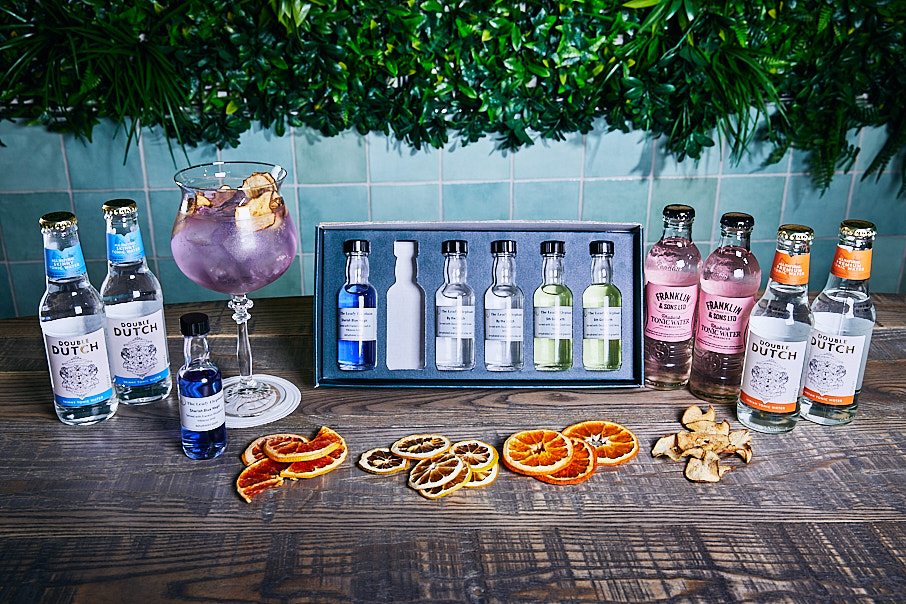
6. Square, Landscape, or Portrait?
Consider how you’ll want to present your images post-shoot. Will you be using them on Instagram in the square format? Perhaps you need landscape images for banner ads online. Or maybe portrait is more suited to your web design. Have a think about this before you start to shoot. Yes, you can crop in post-production, but the crop will reduce the file size so be aware.
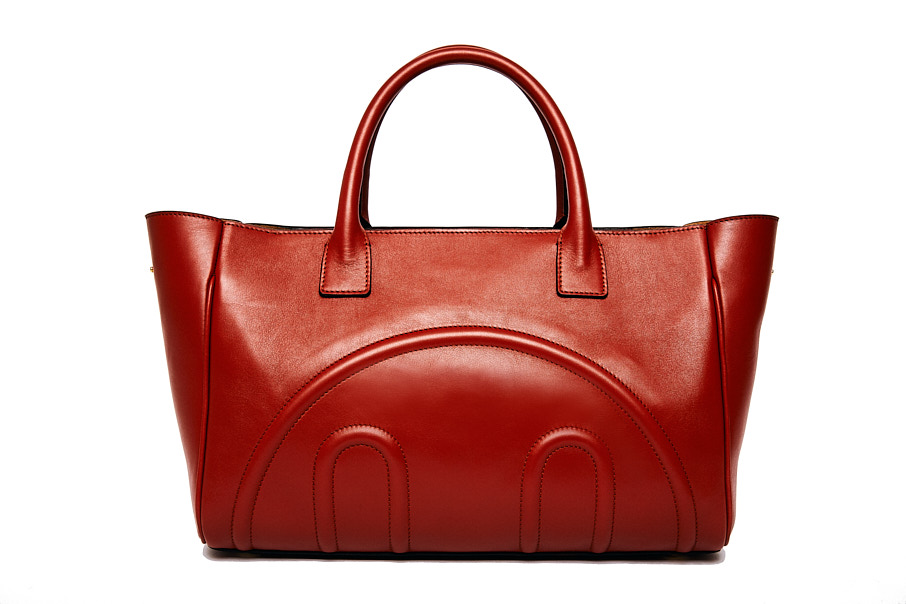
7. Consider using a professional
We really do mean this. Presenting your products in a professional way will make you stand head and shoulders above the rest.
If your photographs are great they’ll also increase your chances of them getting picked up by the press – magazines, supplements and newspapers will want to use professional, high-quality images.
If you’d like to discuss your product photography with us, please do get in touch. We’d love to help you.
All images Jon Bradley Photography
